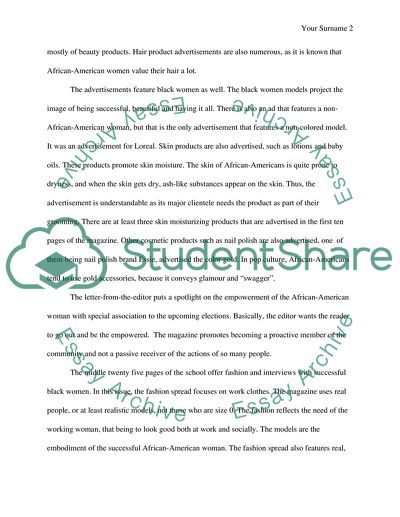Cite this document
(“Body Image and the Media Article Example | Topics and Well Written Essays - 1250 words”, n.d.)
Retrieved from https://studentshare.org/media/1597543-body-image-and-the-media
Retrieved from https://studentshare.org/media/1597543-body-image-and-the-media
(Body Image and the Media Article Example | Topics and Well Written Essays - 1250 Words)
https://studentshare.org/media/1597543-body-image-and-the-media.
https://studentshare.org/media/1597543-body-image-and-the-media.
“Body Image and the Media Article Example | Topics and Well Written Essays - 1250 Words”, n.d. https://studentshare.org/media/1597543-body-image-and-the-media.


